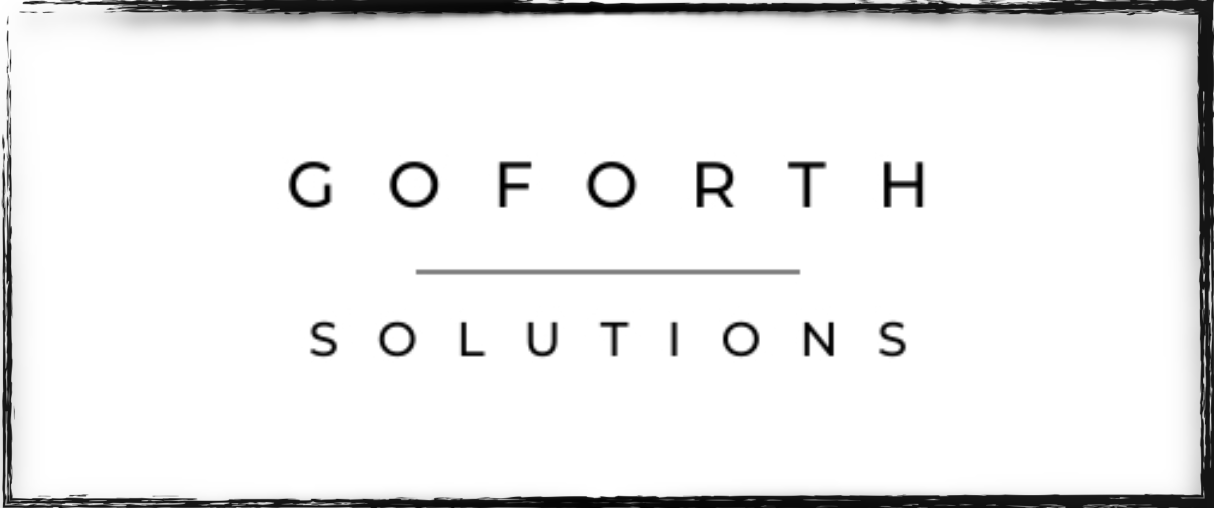12 Ways to Spot AI Images or Videos
/Tips for determining if an image or video is likely created by AI.
THE BACKGROUND. Are people in the background looking at the unusual thing going on? If they are going about their business, it is likely a fake. Often, the background of AI images will be distorted. Sometimes odd shapes in the background details are giveaways, such as floor tiles or walls.
OTHER VIDEOS & PHOTOS. If the video or image is of a news event and there are no other videos or images showing different angles, it may be AI-generated. It is unlikely that there would be only a single image or video of something odd or newsworthy.
DETAILS. AI generators are not good at details—like fingers, hands and hair. Many times, AI software will show too many fingers or odd hand placement. Other oddities might be mismatched shoes or earrings, a misshapen jaw, or extra legs.
WRITING. Look closely at writing on a sticker, street sign or billboard. Watch for blurry writing when it shouldn’t be or wrongly formed letters, or the letters that don’t spell words.
GLOSSY. The overly glossy look, similar to some stock photos, can be an AI giveaway. Watch for people with plastic-looking faces.
THE SOURCE. Is the person or organization sharing the image reliable and not known for promoting AI-generated media?
THE EYES. In deepfake videos, people sometimes blink oddly or else they make strange eye movements. Researchers at Cornell University found deepfake faces don’t blink properly. Also, techniques devised for measuring galaxies, researchers have found that deepfake images don't have the same consistency in reflections in both eyes.
THE FACE. Look carefully at the area around the face for evidence that it was swapped onto another person’s body.
THE LIPS. Do the lips have abnormal movements and unrealistic positioning?
MOVEMENT. Watch for unnatural jumps or the absence of motion blur that is typically present in authentic videos. If creators manipulate AI-generated photos using Photoshop techniques such as blurring or file compression, they can fool detection tools.
PATTERNS. AI images often have abnormal patterns in the physics of lighting.
PHOTOMETRIC CLUES. Look at “photometric” clues such as blurring around the edges of objects that might suggest they’ve been added later; noticeable pixelation in some parts of an image but not others; and differences in coloration.
